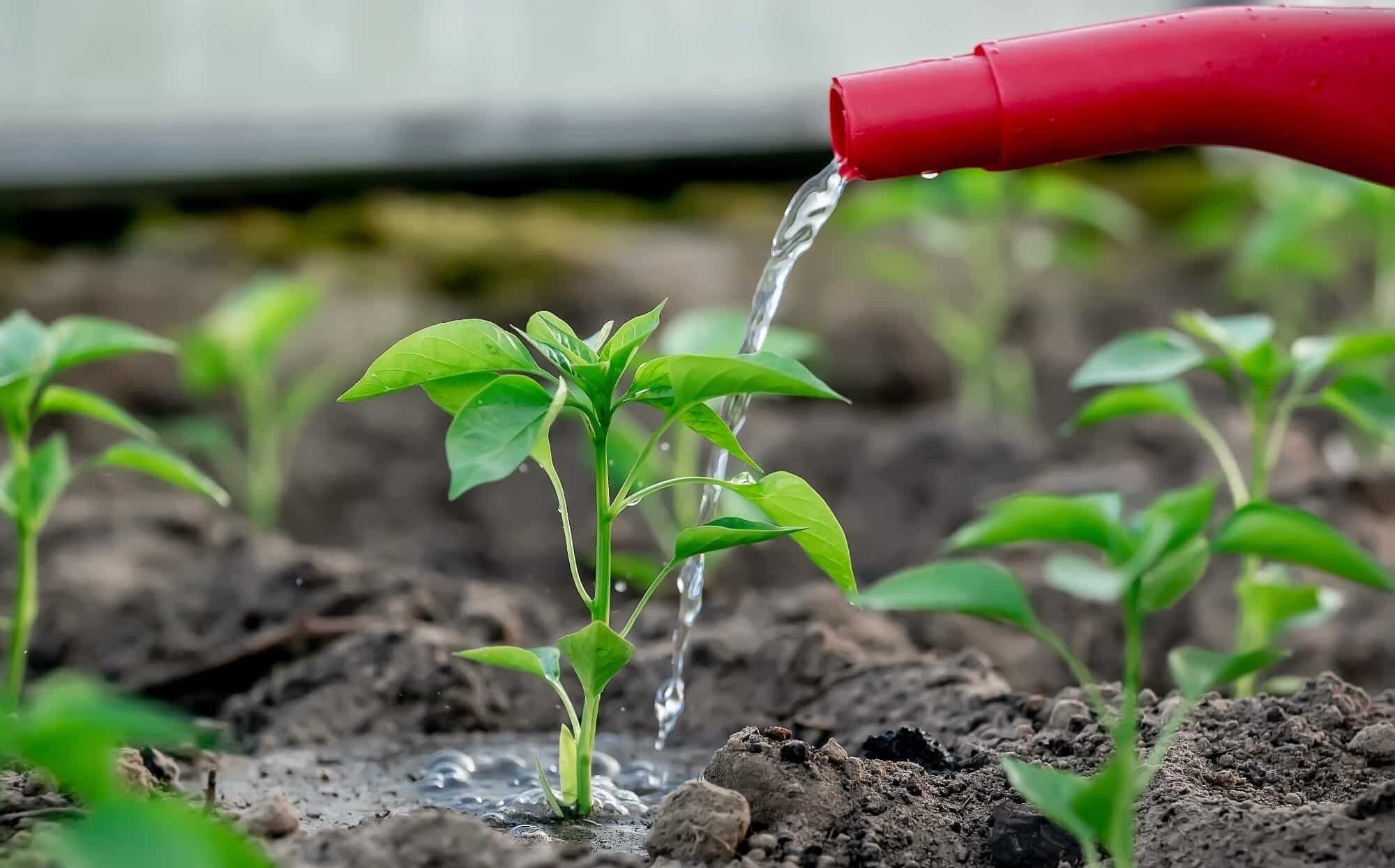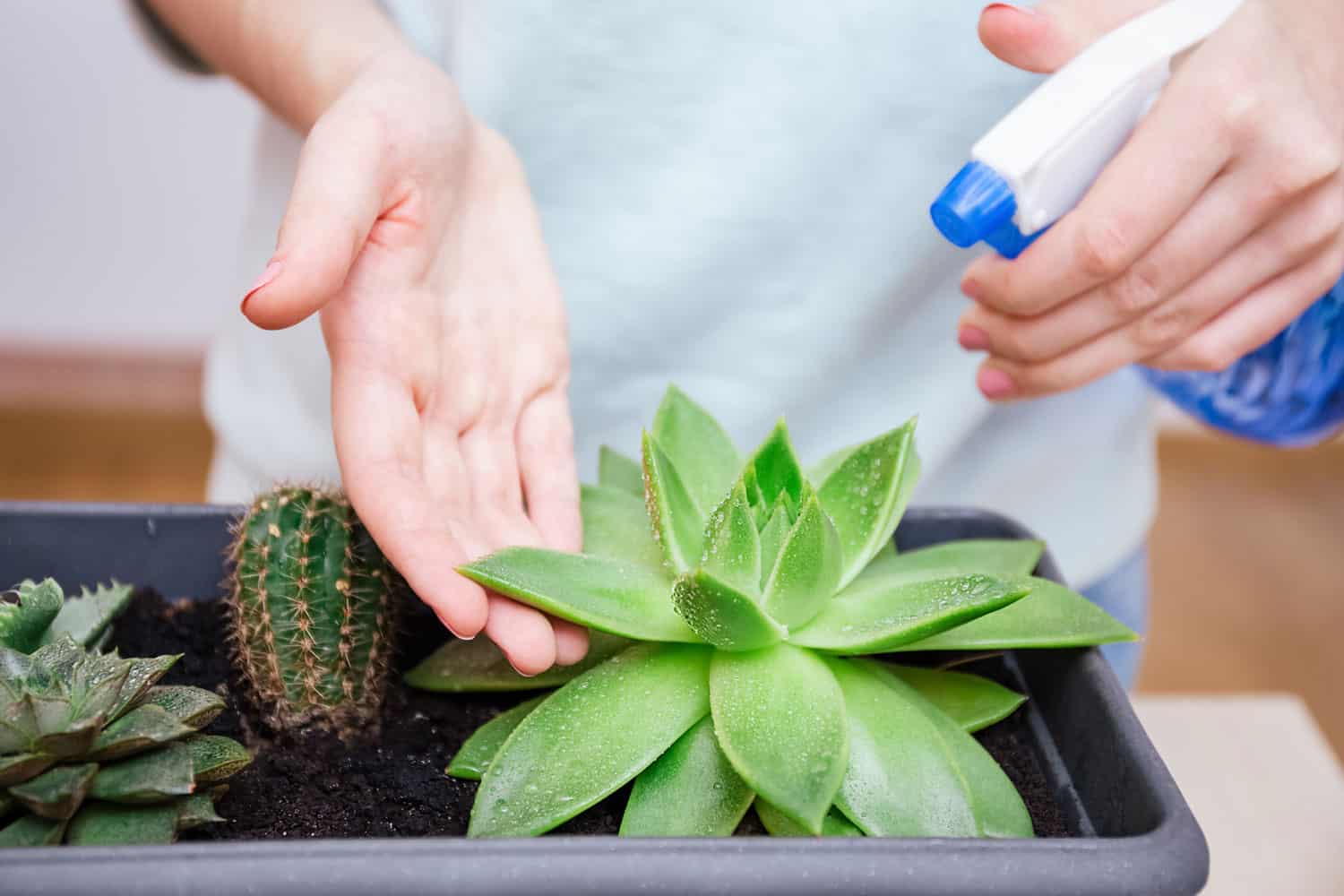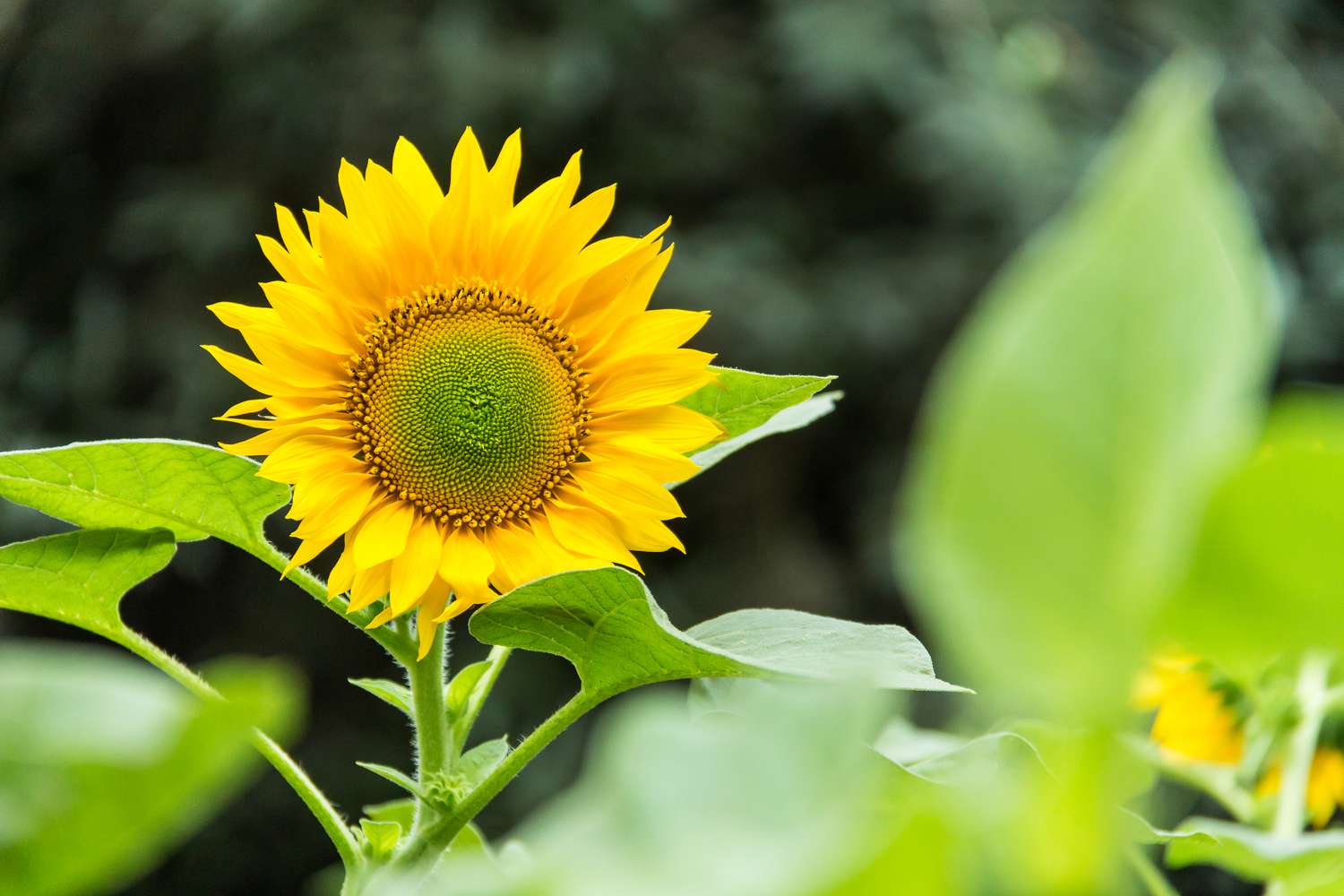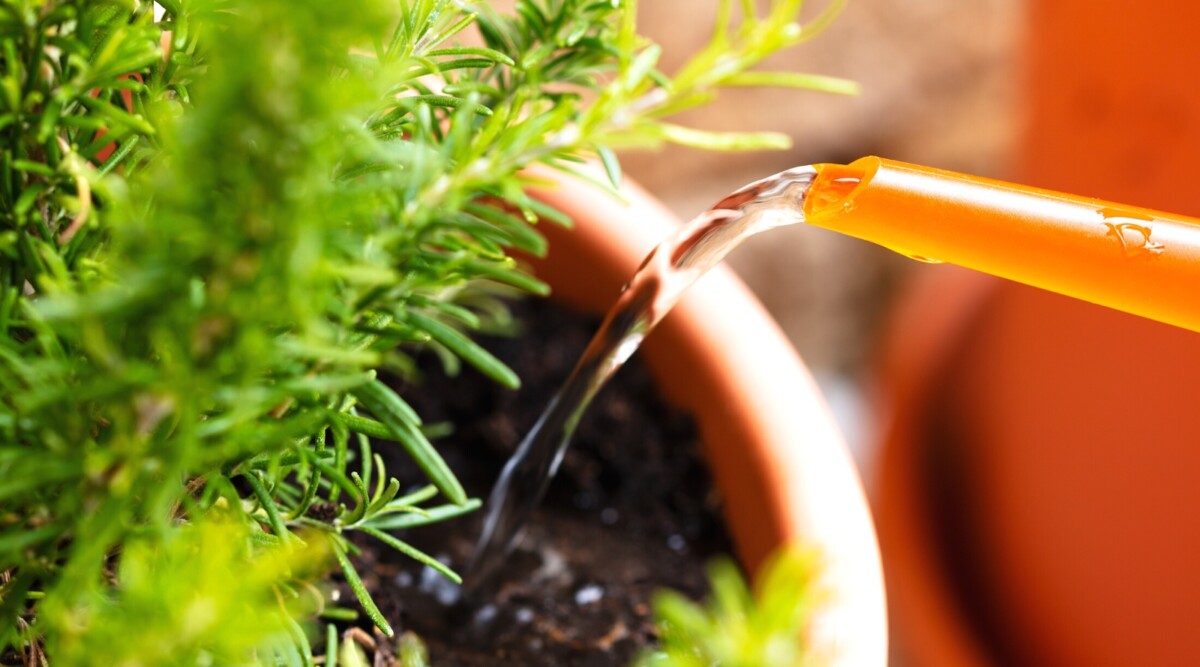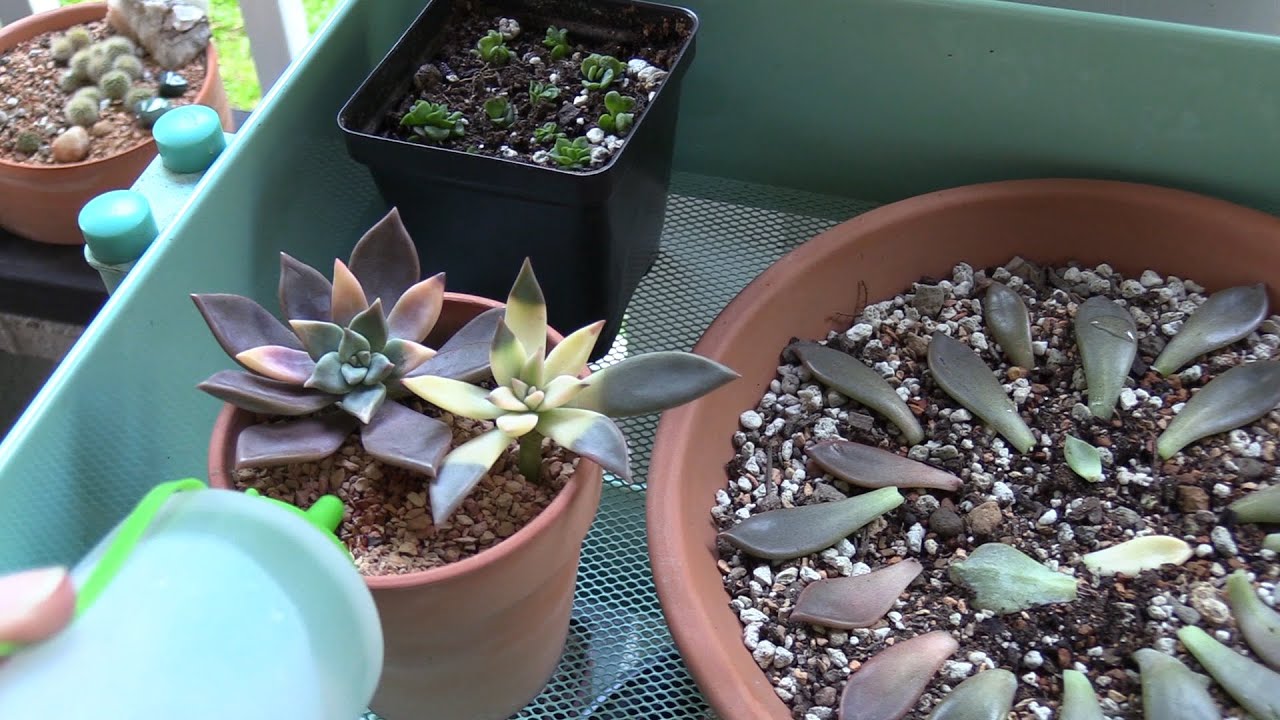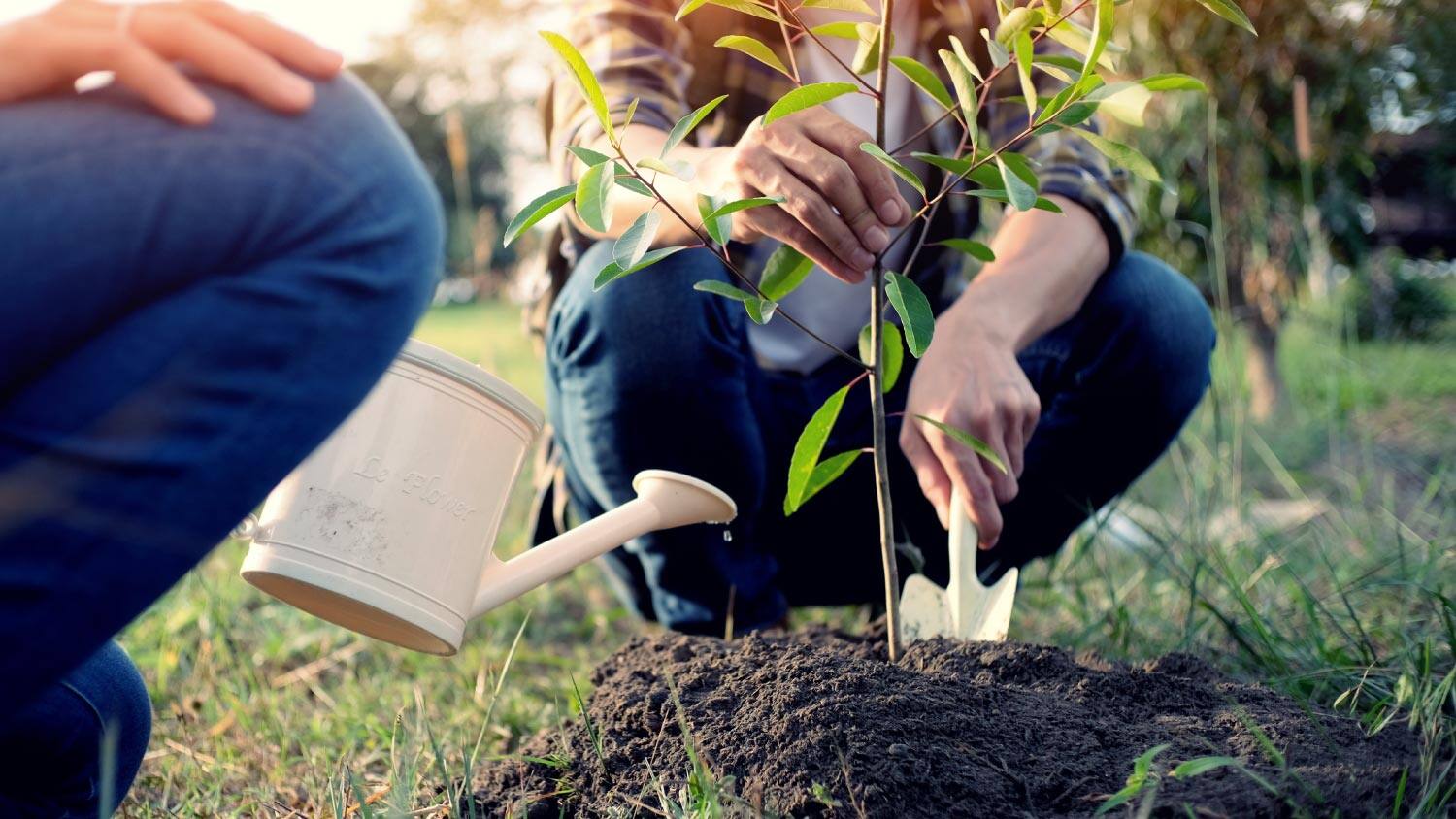Home>Gardening Techniques>Plant Care>How Often Should You Water Cucumber Seedlings


Plant Care
How Often Should You Water Cucumber Seedlings
Modified: February 6, 2024
Learn the best plant care practices for watering cucumber seedlings. Discover how often to water and keep your plants healthy and thriving.
(Many of the links in this article redirect to a specific reviewed product. Your purchase of these products through affiliate links helps to generate commission for Chicagolandgardening.com, at no extra cost. Learn more)
Table of Contents
Introduction
Introduction
Welcome to the exciting world of cucumber cultivation! Whether you're a seasoned gardener or just dipping your toes into the joys of nurturing plants, understanding the art of watering cucumber seedlings is crucial to their overall health and productivity. Cucumber seedlings, with their delicate nature, require a careful and attentive approach when it comes to watering. In this comprehensive guide, we'll delve into the various aspects of watering cucumber seedlings, including the factors influencing watering frequency, signs of overwatering and underwatering, and best practices to ensure your cucumber seedlings thrive.
Cucumbers, with their refreshing crunch and versatility in the kitchen, are a delightful addition to any home garden. From pickling to salads, these green gems offer a bounty of culinary possibilities. However, to witness these vibrant plants flourish, it's essential to grasp the nuances of watering them. By understanding the intricate balance of moisture that cucumber seedlings require, you can set the stage for a bountiful harvest.
As we embark on this journey, envision the vibrant green leaves and tendrils of cucumber plants reaching towards the sun, promising a delightful harvest in the near future. With the right knowledge and care, you can be the steward of these flourishing plants, nurturing them from tender seedlings to abundant producers. Let's explore the art of watering cucumber seedlings and unlock the secrets to fostering their growth with confidence and expertise.
Factors Affecting Watering Frequency
When determining the watering frequency for cucumber seedlings, several crucial factors come into play, each exerting its influence on the plant’s hydration needs. Understanding these factors is key to establishing an effective watering routine that supports the seedlings’ growth and development.
- Soil Type: The composition of the soil significantly impacts how often cucumber seedlings should be watered. Well-draining soil, such as loamy or sandy soil, allows excess water to flow away from the roots, reducing the risk of waterlogged conditions that can harm the plants. In contrast, clay soil retains moisture for longer periods, necessitating less frequent watering to prevent oversaturation.
- Weather Conditions: The prevailing weather, including temperature, humidity, and sunlight exposure, influences the rate at which soil moisture evaporates. During hot, dry spells, the soil dries out more rapidly, prompting the need for more frequent watering to sustain the cucumber seedlings. Conversely, cooler and overcast weather can slow down evaporation, impacting the watering frequency accordingly.
- Plant Size and Growth Stage: As cucumber seedlings mature, their water requirements evolve. Young seedlings have shallower root systems and may need more frequent, lighter watering to establish strong roots. As the plants grow, their roots delve deeper into the soil, enabling them to access moisture from a broader area and reducing the need for as frequent watering.
- Container vs. Ground Planting: Whether you’re growing cucumber seedlings in containers or directly in the ground affects watering frequency. Containers, especially smaller ones, tend to dry out faster than garden beds, necessitating more regular monitoring and watering to maintain optimal moisture levels.
By considering these influential factors, you can tailor your watering schedule to suit the specific needs of your cucumber seedlings, optimizing their growing environment for robust health and productivity.
Signs of Overwatering and Underwatering
Recognizing the signs of overwatering and underwatering in cucumber seedlings is crucial for maintaining their well-being. Both conditions can have detrimental effects on the plants, impacting their growth, vigor, and overall productivity. By being attuned to these indicators, you can adjust your watering practices to ensure the optimal health of your cucumber seedlings.
- Overwatering: Excessive moisture in the soil can lead to oxygen deprivation in the root zone, hindering the plant’s ability to uptake nutrients and causing root rot. Signs of overwatering in cucumber seedlings may include wilting despite moist soil, yellowing or browning of lower leaves, and a foul, musty odor emanating from the soil. Additionally, the presence of mold or algae on the soil surface can indicate excessive dampness.
- Underwatering: Insufficient moisture can stress cucumber seedlings, impeding their growth and potentially causing irreversible damage. Symptoms of underwatering may manifest as wilting, drooping leaves, and a general lack of turgor in the plant tissue. The soil may appear dry and cracked, and the leaves could develop a scorched or withered appearance, particularly at the leaf edges.
Observing these visual cues and being mindful of the tactile characteristics of the soil can guide your watering decisions, allowing you to intervene promptly to rectify any imbalances in soil moisture. By maintaining a harmonious watering regimen, you can mitigate the risks of overwatering and underwatering, fostering robust, thriving cucumber seedlings.
Best Practices for Watering Cucumber Seedlings
Implementing optimal watering practices is fundamental to nurturing healthy and resilient cucumber seedlings. By adhering to these best practices, you can provide the consistent moisture levels essential for the seedlings’ growth and vitality.
- Watering Depth: When watering cucumber seedlings, aim to moisten the soil to a depth of at least 1 to 2 inches. This encourages the development of a robust root system as the seedlings seek out moisture in the lower soil layers.
- Timing: Water your cucumber seedlings in the early morning to allow the foliage to dry before evening, reducing the risk of fungal diseases. Morning watering also ensures that the plants are adequately hydrated to cope with the day’s heat and transpire effectively.
- Consistency: Maintain a consistent watering schedule, aiming to keep the soil evenly moist without becoming waterlogged. Regular monitoring of the soil moisture levels is crucial, especially during hot and dry periods, to adjust the watering frequency as needed.
- Watering Techniques: Direct the water at the base of the seedlings, aiming to keep the foliage dry to minimize the risk of fungal infections. Consider using a soaker hose or drip irrigation to deliver water directly to the soil, promoting efficient absorption and minimizing water wastage.
- Mulching: Apply a layer of organic mulch, such as straw or compost, around the base of the cucumber seedlings. Mulch helps conserve soil moisture, reduce weed competition, and provide a protective barrier against rapid evaporation, contributing to a more stable soil moisture environment.
- Thirst Indicators: Observe the cucumber seedlings for early signs of water stress, such as slight wilting in the afternoon heat. This can serve as a cue to adjust your watering frequency or depth to better meet the plants’ needs.
By embracing these best practices, you can cultivate a nurturing environment for your cucumber seedlings, fostering their resilience and fortitude as they progress towards maturity. Thoughtful and attentive watering lays the groundwork for vibrant, productive cucumber plants that will reward you with an abundant harvest.
Conclusion
As you embark on the journey of cultivating cucumber seedlings, mastering the art of watering is a pivotal aspect of ensuring their prosperity and yield. By acknowledging the influential factors that dictate watering frequency, recognizing the telltale signs of overwatering and underwatering, and implementing best practices for watering, you empower yourself to provide an optimal growing environment for your cucumber seedlings.
Through attentive observation and thoughtful intervention, you can fine-tune your watering regimen to align with the specific needs of your cucumber seedlings, fostering their resilience and vitality. As you witness the tender seedlings mature into robust, sprawling vines laden with crisp, succulent cucumbers, the rewards of your diligent watering practices will become abundantly clear.
Remember, the journey of nurturing plants is a dynamic and enriching experience, and each cucumber seedling holds the promise of a bountiful harvest and the satisfaction of nurturing life from its earliest stages. Embrace the art of watering as a nurturing ritual, a harmonious dance between the plants, the soil, and your attentive care. As you hone your skills and deepen your understanding of watering practices, you embark on a fulfilling journey of growth and abundance, both in your garden and within yourself.
May your cucumber seedlings thrive under your dedicated stewardship, yielding an abundance of nature’s bounty and infusing your gardening endeavors with joy and fulfillment.
